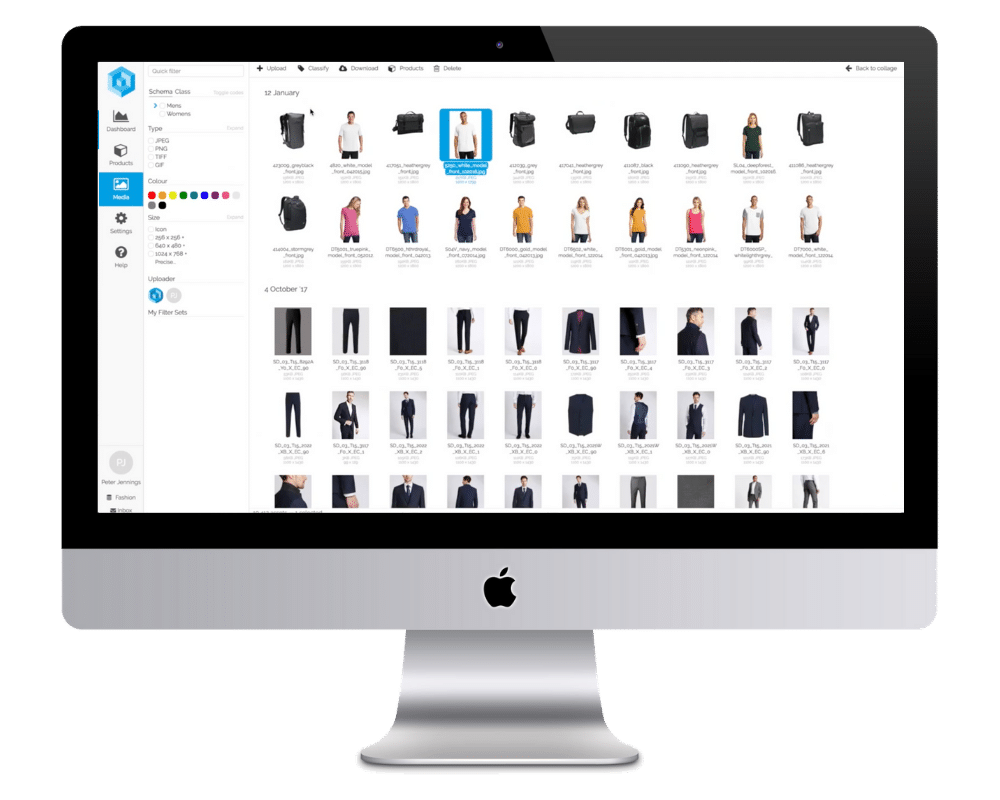
GTIN, or Global Trade Item Number, is an acronym. A business uses a GTIN to identify every one of its trade products. Experts refer to products or services that the brand priced, requested, or invoiced at any stage of the supply chain are as trade items.

Before 2005, some nations employed comparable but distinct standardized product identification. So, let’s discuss in detail what the code is and how and why to use it.
Global Trade Item Number
Before 2005, some nations employed comparable but distinct standardized product identification. Basically, the identification in the United States was a 12-digit code known as a UPC. Europe and Japan use thirteen-digit numbers known as EAN and JAN. As a result, the code is effectively a catch-all phrase for identifiers formerly known as JANs, EANs, or UPCs.
The new naming scheme for retail barcodes is called GTIN. The following have changed: EAN-8 to GTIN-8, SCC-14 to GTIN-14, UPC-12 to GTIN-12, and EAN-13 to GTIN-13. Dealing with barcodes related to retail has been simpler and less complicated as a result of this modification.

What is GTIN?
Product types at any packaging level including consumer unit, internal pack, case, and pallet, can be identified using the GTIN. Trade item groups with comparable production and usage characteristics can be further identified by allotting a GTIN. Brands can accomplish this utilizing similar data elements, batch/lot number, expiration date, and production batches.
When a trade item is given a GTIN, the corporation gives all of its entities as well as trading partners worldwide a standard language to use to identify the item individually and share information about it with ease.
Businesses can handle products and related data precisely and efficiently by scanning the barcode or EPC/RFID tag. Examples of these scenarios include product check-out in a store, receiving items in a warehouse, and medication administration in a hospital. To maximize use by search engines and other information consumers, GTINs can be used to identify trade objects online, for instance in catalogs, electronic messages like purchase orders and payments, and embedded in web pages.

Definition of GTIN
A product can be uniquely identified and recognized internationally with a Global Trade Item Number. So, if a GTIN is available, it will appear on the packaging of the goods or book cover next to the barcode. Even further, the length of the code varies based on the kind of goods and the retail location. The following are the many GTINs that you may come across:
- EAN, or GTIN-13 in Europe, is a 13-digit number
- JAN, or GTIN-13 in Japan, is an 8- or 13-digit number
- UPC: 12-digit number (in North America, also known as GTIN-12); 8-digit UPC-E codes need to be changed to 12-digit UPC-A codes
- ISBN: 13-digit code (ISBN-10 values ought to be translated to ISBN-13) which is used for books
- ITF-14: A 14-digit code (for multipacks / GTIN-14)
You can use the barcode, product packaging, or book cover to determine the code of your product. Remember that not every product has a GTIN. You can always inquire about the GTIN by getting in touch with the product’s producer if you can’t locate it.

Global Trade Item Number standards
Since more businesses are requiring prefixes and other industries are integrating GS1 standards, GS1 has consistently altered the requirements for issuing numbers. In turn, to prepare manufacturers and retailers for the changes, a dawn date was set in the early 2000s due to the constraints of early technology and programming.
The GTIN is a 14-digit number that is internationally unique and is used to identify goods, services, and trade items. The complete class of UCC.EAN information structures are referred to by the general term. On a shorter data carrier, the entire 14-digit number can be obtained by “padding” the number using left-justified zeros until it reaches 14 digits.
Regarding the barcodes that had to be utilized, not much changed. The word “GTIN” refers to the method of data storage, which involves uniformly lengthening the item number with zeros, while the UPC remains. As a matter of fact, any bar code in the family can currently be scanned by the majority of scanners in use. The word is currently used by many larger marketplaces and merchants, like Amazon, in their supplier criteria.

How to Get GTIN Numbers
To get your numbers you need to visit the GS1 US website first. There are two choices available to you on that page for obtaining GTINs. You can obtain a small number of barcodes for $30 apiece with no renewal fee if you choose the single option. For businesses requiring ten or more GTINs, there is a Company Prefix option. The cost of each prefix varies according to the amount required (10, 100, 1,000, etc.).
You go through a procedure akin to an online purchase with either selection. In the screens that follow, GS1 US will request your brand name, company name, the quantity of UPCs required, contact details, and payment information. GS1 US will provide you with the codes or Company Prefix as soon as this process is finished.
Bottom line
A GTIN is an internationally recognized standard for labeling and identifying products and goods. You can easily create and get GTINs by following the procedure mentioned above. If you further wish to compile your data in a more efficient way, contact us at Pimberly for the best management tools in town.













